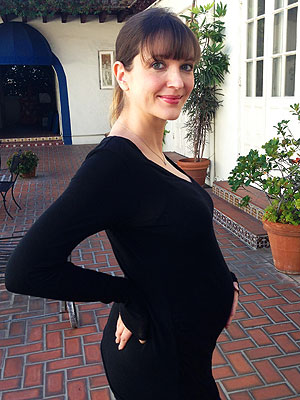NEW YORK (AP) — Opponents are pressing to delay enforcement of the city's novel plan to crack down on supersized, sugary drinks, saying businesses shouldn't have to spend millions of dollars to comply until a court rules on whether the measure is legal.
With the rule set to take effect March 12, beverage industry, restaurant and other business groups have asked a judge to put it on hold at least until there's a ruling on their lawsuit seeking to block it altogether. The measure would bar many eateries from selling high-sugar drinks in cups or containers bigger than 16 ounces.
"It would be a tremendous waste of expense, time, and effort for our members to incur all of the harm and costs associated with the ban if this court decides that the ban is illegal," Chong Sik Le, president of the New York Korean-American Grocers Association, said in court papers filed Friday.
City lawyers are fighting the lawsuit and oppose postponing the restriction, which the city Board of Health approved in September. They said Tuesday they expect to prevail.
"The obesity epidemic kills nearly 6,000 New Yorkers each year. We see no reason to delay the Board of Health's reasonable and legal actions to combat this major, growing problem," Mark Muschenheim, a city attorney, said in a statement.
Another city lawyer, Thomas Merrill, has said officials believe businesses have had enough time to get ready for the new rule. He has noted that the city doesn't plan to seek fines until June.
Mayor Michael Bloomberg and other city officials see the first-of-its-kind limit as a coup for public health. The city's obesity rate is rising, and studies have linked sugary drinks to weight gain, they note.
"This is the biggest step a city has taken to curb obesity," Bloomberg said when the measure passed.
Soda makers and other critics view the rule as an unwarranted intrusion into people's dietary choices and an unfair, uneven burden on business. The restriction won't apply at supermarkets and many convenience stores because the city doesn't regulate them.
While the dispute plays out in court, "the impacted businesses would like some more certainty on when and how they might need to adjust operations," American Beverage Industry spokesman Christopher Gindlesperger said Tuesday.
Those adjustments are expected to cost the association's members about $600,000 in labeling and other expenses for bottles, Vice President Mike Redman said in court papers. Reconfiguring "16-ounce" cups that are actually made slightly bigger, to leave room at the top, is expected to take cup manufacturers three months to a year and cost them anywhere from more than $100,000 to several millions of dollars, Foodservice Packaging Institute President Lynn Dyer said in court documents.
Movie theaters, meanwhile, are concerned because beverages account for more than 20 percent of their overall profits and about 98 percent of soda sales are in containers greater than 16 ounces, according to Robert Sunshine, executive director of the National Association of Theatre Owners of New York State.
___
Follow Jennifer Peltz at http://twitter.com/jennpeltz










